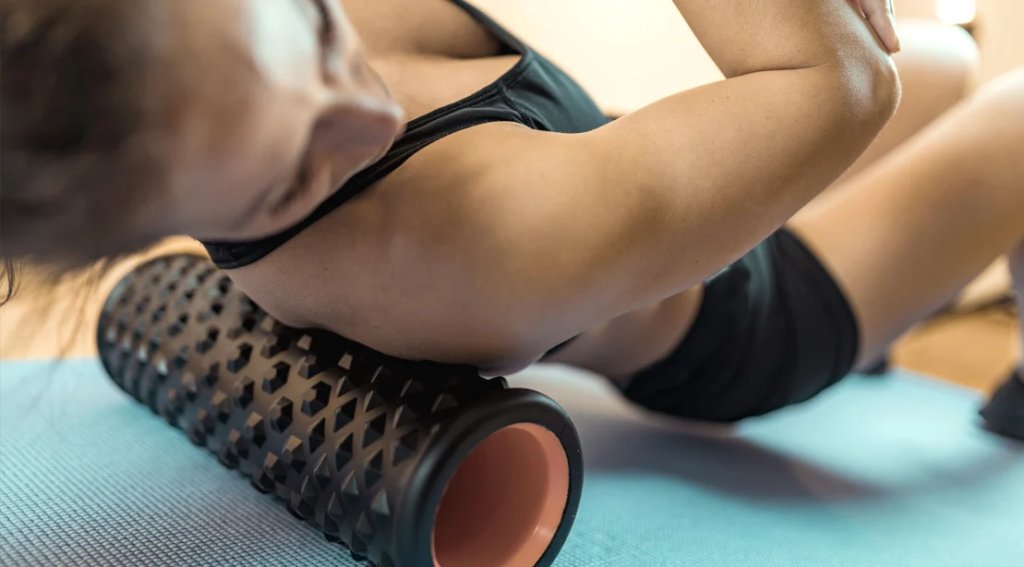
Foam rolling has become increasingly popular among runners as a self-massage technique that can improve flexibility, reduce muscle soreness, and aid in injury prevention and recovery. A foam roller is a cylindrical piece of foam that can be used to apply pressure to different parts of the body, including the legs, hips, and back. In this article, we’ll explore how to use a foam roller specifically for runners, including the best techniques and tips for maximizing the benefits.
Why Foam Rolling is Important for Runners
Running is a high-impact activity that puts a lot of stress on the muscles and joints. Over time, this can lead to muscle tightness, soreness, and even injury. Foam rolling can help alleviate these issues by releasing tension and soreness in the muscles, improving blood flow, and promoting relaxation.
Foam rolling can also help prevent injuries by improving mobility and flexibility in the muscles and joints. This can help reduce the risk of strains, sprains, and other common injuries that runners may experience.
Overall, incorporating foam rolling into your running routine can help improve performance, reduce the risk of injury, and aid in recovery after a tough workout or long run.
How to Choose a Foam Roller
Before we dive into the techniques for foam rolling, it’s important to choose the right foam roller for your needs. Foam rollers come in different densities and sizes, and each one has its own benefits and drawbacks.
Low-density foam rollers are softer and more comfortable to use, making them a good choice for beginners or those with sensitive muscles. However, they may not provide enough pressure for those with more stubborn muscle tightness.
High-density foam rollers are firmer and provide more pressure, making them ideal for deep tissue massage and targeting specific areas of tension. However, they can be more uncomfortable to use, especially for those who are new to foam rolling.
When choosing a foam roller, consider your level of experience and the specific areas of the body you want to target. A smaller foam roller may be better for targeting the legs and hips, while a larger one may be more comfortable for the back and shoulders.
Foam Rolling Techniques for Runners
Now that you’ve chosen the right foam roller, it’s time to get rolling! Here are some foam rolling techniques for runners to try:
1.Calves
The calves are a common area of tightness for runners, especially those who run on hills or uneven terrain. To foam roll the calves, sit on the ground with the foam roller under your calves. Use your hands to lift your hips off the ground and roll the foam roller up and down your calves. You can also rotate your legs to target the outer and inner parts of the calves.
2.Quads
The quadriceps, or front of the thighs, can also become tight and sore from running. To foam roll the quads, lie face down with the foam roller under your thighs. Use your hands to lift your upper body off the ground and roll the foam roller up and down your thighs. You can also rotate your legs to target different areas of the quads.
3.Hamstrings
The hamstrings, or back of the thighs, are another area of the body that can become tight from running. To foam roll the hamstrings, sit on the ground with the foam roller under your thighs. Use your hands to lift your hips off the ground and roll the foam roller up and down your hamstrings. You can also rotate your legs to target the outer and inner parts of the hamstrings.
4.IT Band
The iliotibial (IT) band is a thick band of tissue that runs along the outside of the thigh, from the hip to the knee. IT band tightness is a common issue for runners, especially those who run on hard surfaces. To foam roll the IT band, lie on your side with the foam roller under your outer thigh. Use your arms to support your upper body and roll the foam roller up and down the IT band. You can also target specific areas by rotating your leg inwards and outwards.

